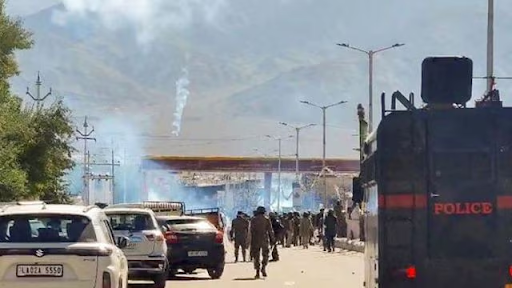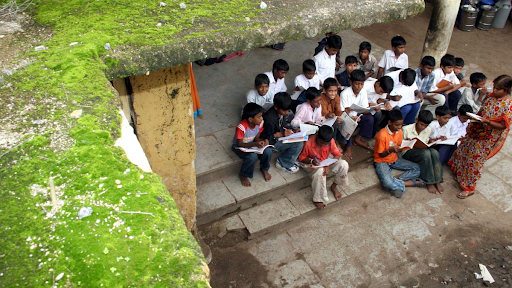Description

Copyright infringement not intended
Context: The Chief Justice of India questioned why a 23-year-old Constitution Bench decision that clearly stated that no court or state has the authority to "add, subtract, or modify" the Scheduled Tribes List was not "shown" to the Manipur High Court.
Details
- The Chief Justice stated that a High Court does not have the authority to make amendments to the Scheduled Tribes List. Designating a Scheduled Caste or Scheduled Tribe is a Presidential authority.
- The Constitution Bench in State of Maharashtra v/s Milind (2000) concluded that State governments, courts, tribunals, or any other body have no authority to modify, amend, or alter the list of Scheduled Tribes (STs).
Background
- In a recent case, the Manipur High Court declared that a community called Meitei/Meetei, which is not included in the STs list, should be considered a Scheduled Tribe. The court also directed the state government to initiate the process of inclusion of this community in the list.
- The protest against the order of the High Court resulted in the violence and death of more than 60 people.
- The Manipur High Court decision was challenged in the Supreme Court, which stayed the order of the High Court.
The Supreme Court Observation
- The Supreme Court also observed that the Manipur High Court had overlooked a landmark judgment of a five-judge Constitution Bench in 1997, which clearly stated that no court or state has the authority to "add, subtract, or modify" the Scheduled Tribes List.
- The Chief Justice of India, who was heading the bench hearing the case, questioned why this judgment was not "shown" to the Manipur High Court.
- Chief Justice remarked that such judicial interference in matters of policy and legislation would create chaos and confusion.
Scheduled Tribes List
- It is a constitutional document that recognizes the rights and privileges of certain communities in India that are considered to be historically disadvantaged and marginalized.
- The list is not static but can be amended by the Parliament of India under Article 342 of the Constitution.
.jpeg)
Who should be allowed to "add, subtract, or modify" the Scheduled Tribes List?
- This question has been a matter of debate and controversy for decades, as different stakeholders have different views and interests on the issue.
Central Government
- Some argue that the authority to "add, subtract, or modify" the Scheduled Tribes List should rest with the central government, as it is a national policy that affects the welfare and development of the entire country.
- They claim that the central government has the expertise and resources to conduct scientific and objective surveys and studies to determine the criteria and eligibility of various communities for inclusion or exclusion from the list.
- They also contend that the central government can ensure uniformity and consistency in the application of the policy across different states and regions.
State Government
- Some contend that the authority to "add, subtract, or modify" the Scheduled Tribes List should lie with the state governments, as they are more familiar with and sensitive to the local conditions and aspirations of the people.
- They assert that the state governments have a better understanding of the socio-cultural and economic diversity and complexity of various communities within their territories, and can make more informed and appropriate decisions regarding their inclusion or exclusion from the list.
- They also argue that state governments can address the specific needs and demands of different groups more effectively and efficiently.
Conclusion
- The debate over the authority to "add, subtract, or modify" the Scheduled Tribes List is not only a legal or technical issue, but also a political and emotional one. It involves questions of identity, dignity, justice, and empowerment for millions of people who belong to these communities. It also has implications for the distribution of resources, opportunities, and representation among different sections of society. Therefore, this issue must be resolved fairly and transparently, with due respect for the constitutional provisions and democratic principles of India.
Must Read Articles:
Criteria to define the Scheduled Tribes: https://www.iasgyan.in/daily-current-affairs/criteria-to-define-sts
National Commission for Scheduled Tribes (NCST): https://www.iasgyan.in/daily-current-affairs/national-commission-for-scheduled-tribes-ncst
|
PRACTICE QUESTION
Q. The Schedule Tribes list needs to be updated and revised in a fair and transparent manner. What are the challenges and opportunities for improving the representation and empowerment of the Scheduled Tribes in India? What are the best practices and strategies for advancing their rights and interests?
|

https://epaper.thehindu.com/ccidist-ws/th/th_delhi/issues/35585/OPS/GV3B75G5D.1+GJ4B76AH6.1.html











